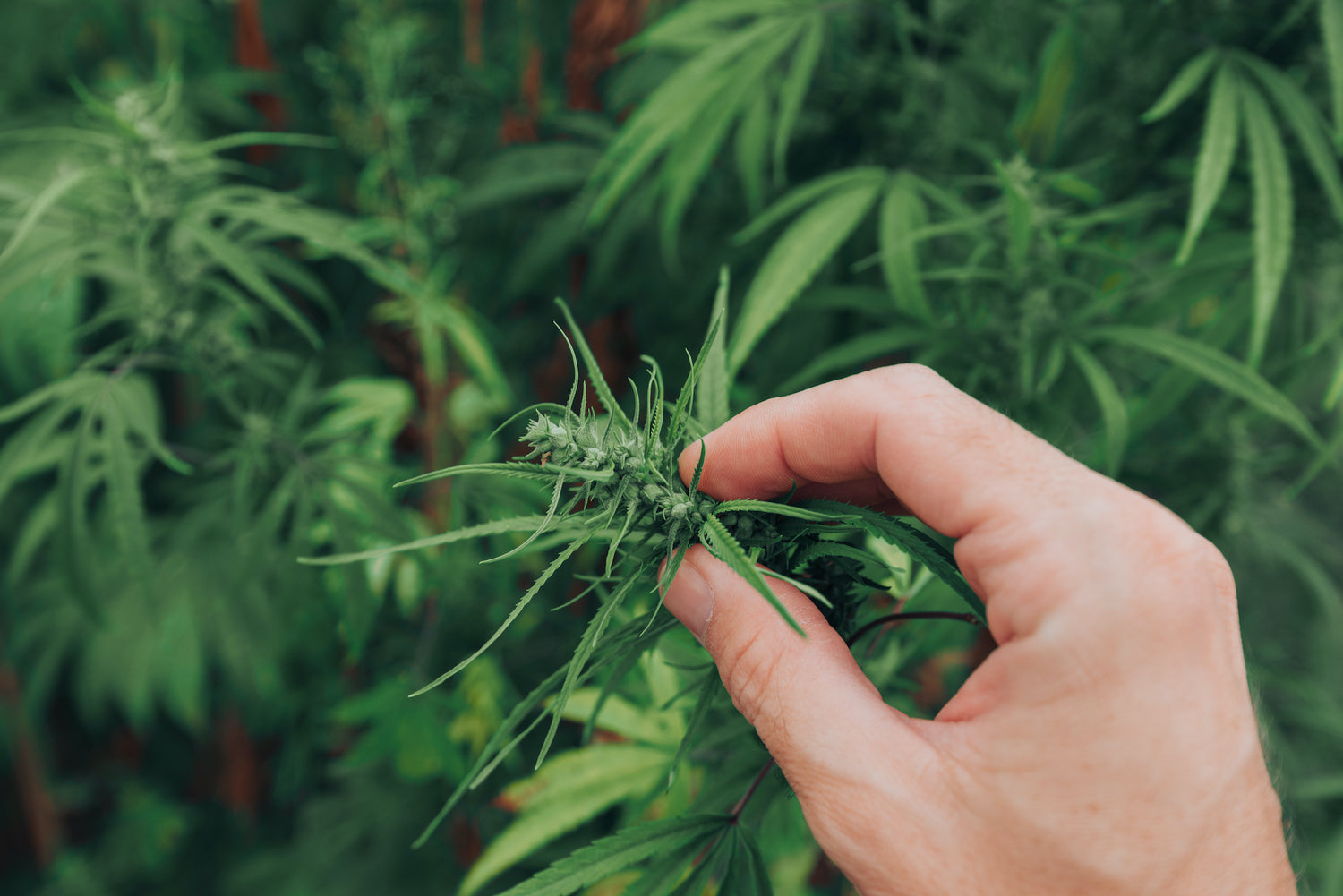By almost all measures hemp is a wonder crop.
Grown specifically for its industrial properties, it was one of the first plants to be spun into a fiber by humans and is still one of the strongest natural materials on Earth. Environmentally, the plant requires few pesticides, roots deep to rejuvenate soil, prevents flooding and is one of the fastest-growing living things in the world;
able to grow 25 tons of biomatter a year in an area the size of a baseball field! Furthermore, its seeds have been called "one of the healthiest foods ever" and provide more essential fatty acids than almost any other product. In short, it's bloody brilliant.
So, why don’t we use it? Well, we used to. Across the long arc of human history hemp was a mega-star; a favorite of Chinese emperors, buried with Egyptian pharaohs, eaten by Buddha and used to make the paper on which the Magna Charta and Bible were printed. However, despite this proud history, and the fact that Abraham Lincoln wrote the Emancipation Proclamation under the light of a hemp oil lamp, the US Federal Government turned on the flower. After years of restrictions as part of the failed war on drugs, which were egged on by the lobbying efforts of wealthy synthetic fiber companies, the American government banned hemp altogether in 1970, removing any legal distinction from it and the more psychoactive strains of cannabis.
However, the war was not won. After decades of pressuring the rest of the world to follow suit, America is now leading the way in a much more pleasant revolution – the herbal one. Cannabis is now legal in varying forms in 33 of the nation’s 50 states and can be used recreationally in 11, with hemp following quickly behind! In fact, 41 states enacted less restrictive hemp bills in 2017 and 24 them are growing hemp as I type. 
And this re-emergence is being driven by necessity. As the world struggles with its transition to a sustainable economy, hemp has the potential to contribute in an enormous and cost-effective way. The UK’s Science Museum was partially built with hemp in 2012 and, according to Bath University’s Director of Research, “was so effective that they switched off all heating, cooling and humidity control for over a year”. Similarly, researchers have calculated that the use of hemp in car manufacturing could lower vehicle weights and allow the driving population to travel an extra 325 million miles a year on the same amount of fuel.
Paper is another area ripe for disruption, with hemp paper being stronger, cheaper and more environmentally-friendly than the alternatives. What’s more, it only takes four months to grow a new plant rather than the eighty years it can take some trees. It’s for this reason that HAMP, our all-in-one rolling kit, is made from unbleached hemp paper. Because of this it burns slower, is thinner to roll, tastes less when lit and is less likely to burn our or tear. To reiterate, it’s bloody brilliant.
as the world struggles with its transition to a sustainable economy, hemp has the potential to contribute in an enormous and cost-effective way.
Until recently in our evolution, humans used hemp paper and we are proud to be returning to the original, natural source for our species. If it’s good enough for emperors and pharaohs, Abraham Lincoln and King John of England, and even Buddha, then we think it’s definitely good enough for HØJ users.
So join the hemp paper revolution, you’ll be in good company!


0 comments